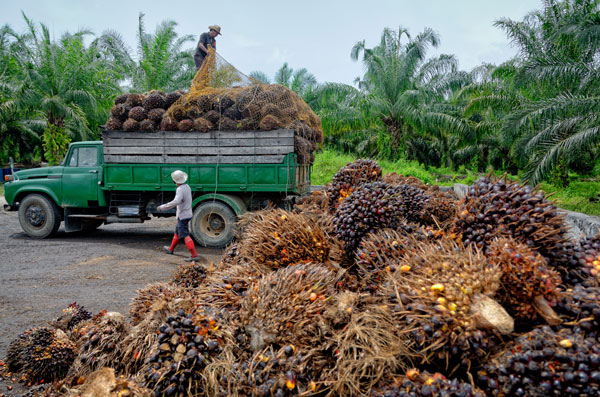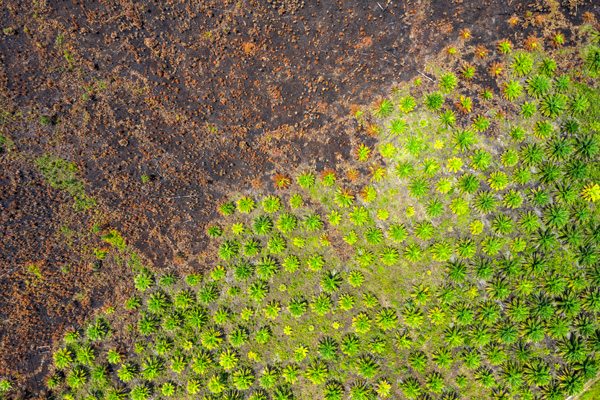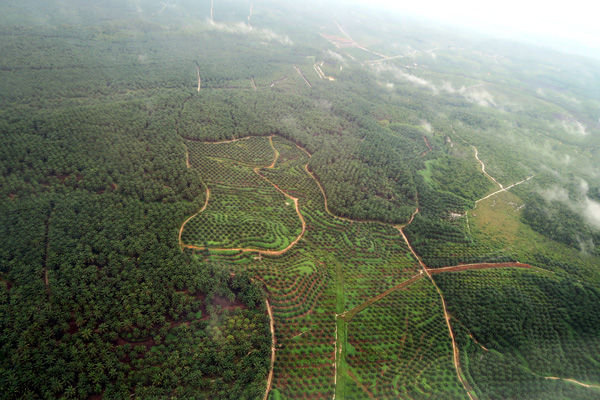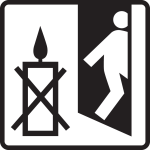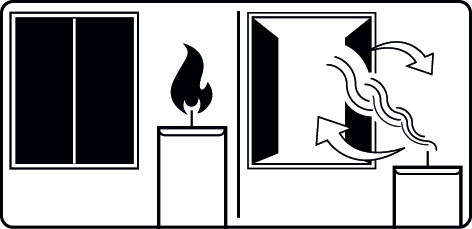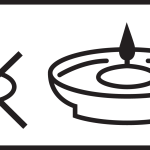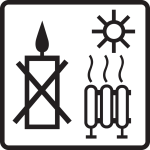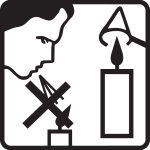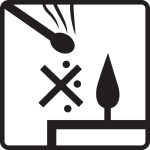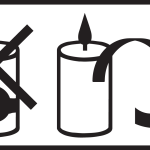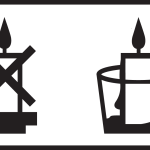CandleMaster does not use palm wax in production, as we take environmental conservation very seriously.
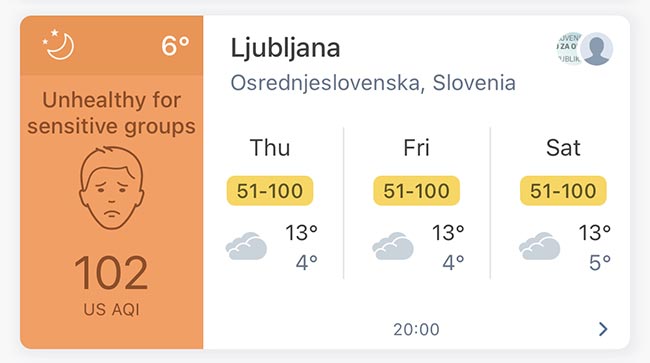
In our efforts towards safety and ease of use of our products, we also demand that they are as environmentally friendly as possible. New insights in the phase of environmental awareness, or better said learning, have undermined our trust in the sustainability of palm wax. As ecological responsibility has become a critical component of our culture, we have decided to step out ahead of many “environmentally conscious” communities and completely abandon the use of palm wax in candle making.
Environmental Impact
Candle makers who are concerned with environmental conservation have long been aware of the challenges associated with palm wax. The governments of Indonesia and Malaysia have allowed palm growers to devastate the local environment in order to improve economic conditions.
“From 1967 to 2000, the area in Indonesia where palms are grown expanded from 2,000 square kilometers to over 30,000 square kilometers. Deforestation in Indonesia due to palm oil and illegal logging is so rapid that the United Nations Environment Programme (UNEP) report states that most of the country’s forests may be destroyed by 2022.” And that is this year.
The Economist – “The Other Oil Spill”
Most of this land was designated for growing palms from which palm oil is extracted and then palm wax. The land being cleared is home to some of the oldest and most diverse rainforests in the world. The incredible rate of deforestation in Indonesia ranks among the world’s largest CO2 emitters.
Despite many palm oil producers hiding behind statements and local certifications confirming that their oil was sourced sustainably, out of the “many,” only 15 out of 355 are from Asia, the actual images and data tell a completely different story.
When palms start growing in Serbia and its surroundings, we will reconsider the reuse of palm oil.
Until then, if you happen to enjoy candles made from palm wax, I recommend candles from colleagues, as our market is full of them and they have been withdrawn from the EU, Scandinavian traders. You will notice that they have an excellent price, which we also confirm. Their price is lower than the cost of raw materials. Why?
Because, for example, the European Parliament banned the use of palm oil in biofuels in January 2018.
Germany will completely ban it in 2023. Scandinavians are on another planet.
But… all of the above depends on the influence of the food industry (e.g., Ferrero) and energy-related issues, so they will surely find ways through declarations, resolutions, certificates… that the oil being used is sourced sustainably and so on… logging and deforestation continue because people need to make a living.
However, I believe in people like Andrew Butler from the British cosmetic company Lush, who says: “There is no such thing as sustainable palm oil: it does not exist.”
Therefore, we make candles from soy wax, Palm oil-free.

